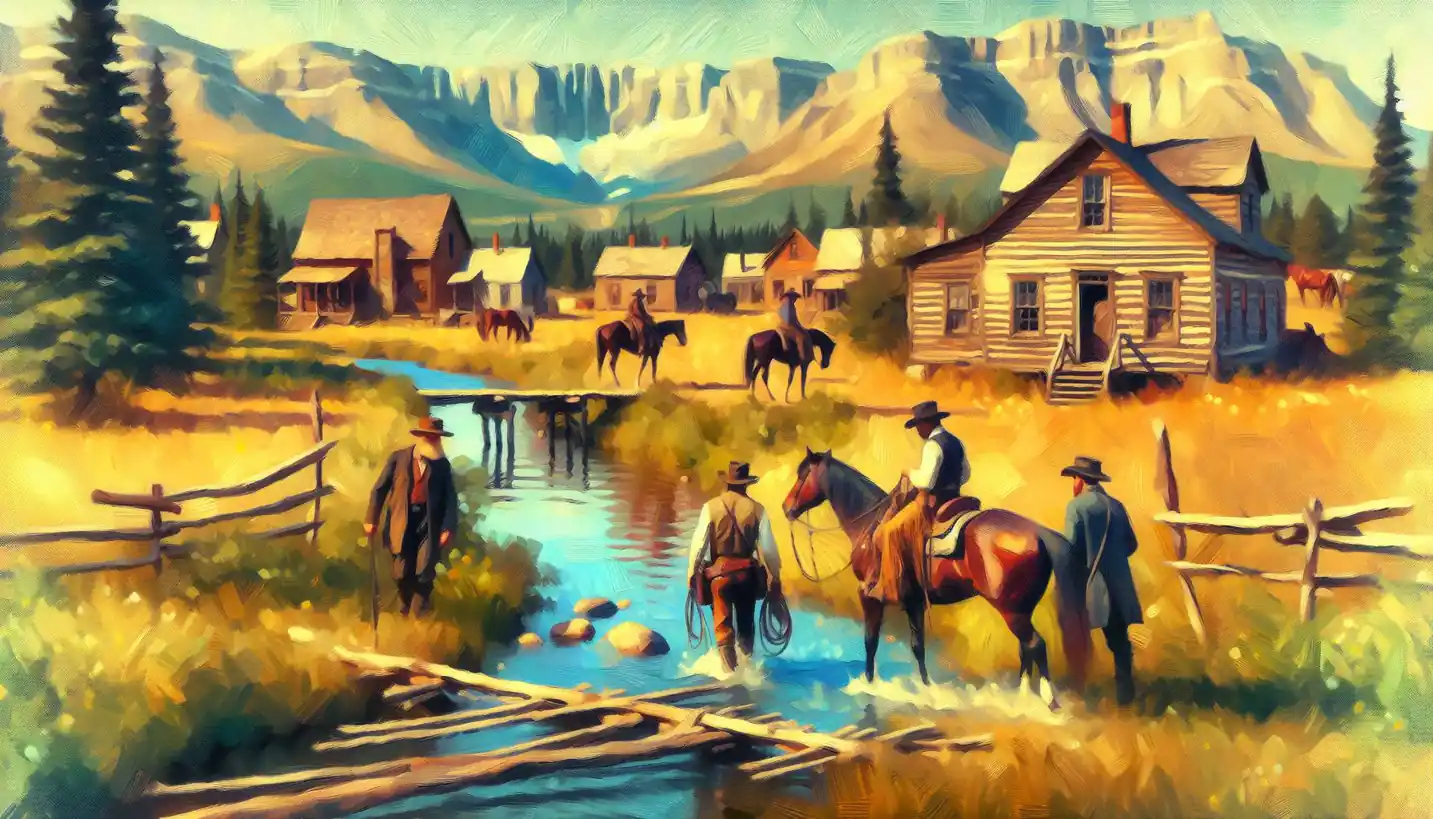· History · 4 min read
Annales School: A Revolutionary Approach to Understanding History
The Annales School revolutionized historiography by emphasizing long-term social history over politics. Dive into how this approach reshaped our understanding of history's patterns.

Once upon a time in the realm of historical studies, the Annales School emerged like a breath of fresh air. Its name might sound like it belongs in an old textbook, but the ideas it brought forth have shaped the way we think about history today. Let’s delve into why this revolutionary concept has captivated historians and intellectuals around the world.
The Annales School originated in early 20th century France, thanks to the visionary minds of Marc Bloch and Lucien Febvre. They were disillusioned with the traditional approach to history, which often focused solely on political events and famous figures. Instead, they advocated for a broader perspective that looked at long-term social structures, economics, and even climate. Imagine reading history not just as a series of events, but as a complex web of interactions that shape our world over centuries.
The Long Term Approach
One of the most notable contributions of the Annales School is the idea of “la longue durée,” which translates to the long term. This approach encourages historians to examine slow-moving forces that influence societies over generations. Rather than focusing on short-lived events, it emphasizes changes in geography, social norms, and economic systems. For instance, consider how the climate of the Middle Ages might have affected agricultural practices, which in turn shaped economies and societies for centuries. It’s like looking at a tapestry and appreciating not just the vibrant colors but the underlying threads that give it strength.
Beyond Politics and Battles
Traditional history has often been about leaders, wars, and treaties. While these are undoubtedly important, the Annales School insisted that ordinary people and everyday life were just as crucial. This perspective invites readers to explore the past through the eyes of farmers, merchants, and peasants, illuminating how their lives contributed to broader historical trends. Marc Bloch’s work, including his studies on feudal society, showed how understanding the lives of commoners can reveal the real heartbeat of history.
A Multidisciplinary Approach
Another groundbreaking aspect of the Annales School is its embrace of interdisciplinary research. Bloch and Febvre encouraged the blending of anthropology, sociology, geography, and even psychology with historical studies. Imagine history as a vast puzzle, where each piece represents a different discipline contributing to a complete picture. By integrating various perspectives, historians can gain a richer understanding of complex phenomena like cultural transitions, economic shifts, and societal evolutions.
Innovations in Historical Methodology
The Annales School also championed innovative methods for gathering historical data. While traditional historians often relied heavily on political documents, Annales scholars turned to alternative sources such as family records, legal documents, and even weather reports. This shift allowed for a more comprehensive view of the past, drawing from diverse records to craft a narrative that captures the complexity of human experience.
Storytelling Through Structures
Imagine if you could tell the story of a civilization not just through a timeline, but by understanding the structures underpinning it. Annales historians focus on how societal structures develop and influence history. For instance, how did the Mediterranean’s geography influence trade patterns in antiquity? How did those patterns affect cultural exchanges? This structural storytelling offers a layered narrative, weaving together economics, geography, and culture into a cohesive whole.
Intellectual Curiosity and Future Directions
The Annales School beckons us to question the very nature of historical knowledge. It challenges us to look beyond the surface and explore the underlying currents that shape human history. As we sail into the future, these questions remain essential: How can new technologies enhance our understanding of historical data? Can big data and AI bring fresh insights into previously unexplored areas? By exploring these avenues, we continue the tradition of intellectual curiosity encouraged by the Annales School.
The Lasting Impact
While the Annales School began in France, its impact has echoed across the globe. The approach has enriched academic disciplines far beyond history, influencing fields like archaeology, sociology, and cultural studies. Today, students and scholars still build on its legacy, using its principles to uncover new narratives and challenge established ideas.
In essence, the Annales School unlocked new doors in our understanding of history. It showed us that history is more than just dates and names; it’s a complex, living tapestry of human experience. By embracing the long term, valuing ordinary lives, and integrating diverse disciplines, this approach has forever transformed how we view the past.
As you ponder this revolutionary school of thought, ask yourself: How do you see the tapestry of history in your own life? What hidden threads shape the world around you? The Annales School invites us all to embark on a journey of exploration, curiosity, and discovery, revealing the profound stories that make us who we are.



